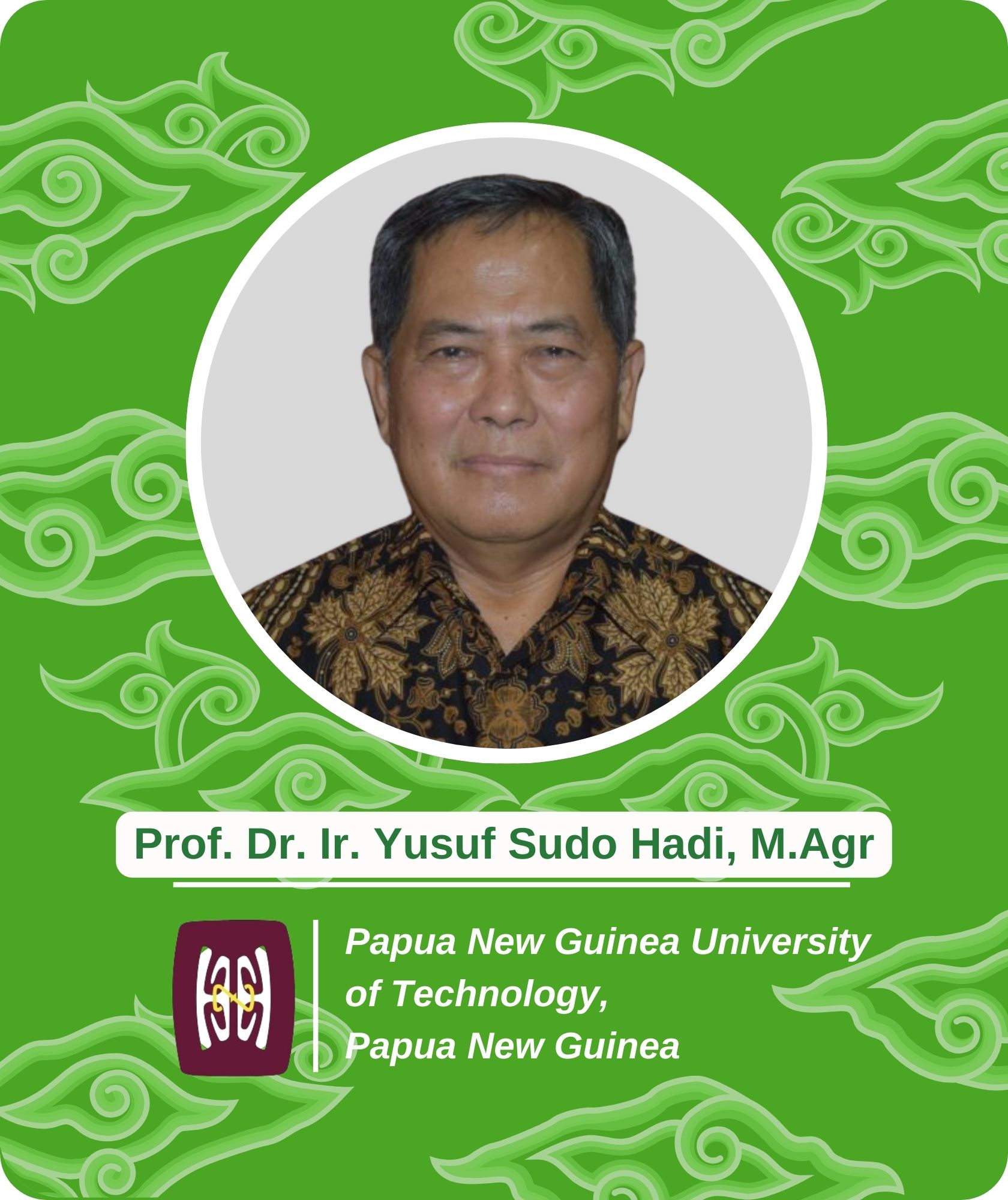STUDY OF THE BIODIVERSITY OF FRESHWATER PLANTS IN LEWA DISTRICT AND THE POTENTIAL OF PHYTOCHEMICALS
This paper was not presented at the conference.
Keywords:
water_plants; phytochemicals; metabolites; freshwaterAbstract
This paper was not presented at the conference.
Pandawai District, East Sumba Regency is one of the agricultural areas with the most land water sources (lakes, reservoirs, reservoirs and swamps) in East Sumba Regency. However, until now there has been no study of the diversity of types of aquatic plants that live in these waters. Therefore, this research aims to obtain information on the distribution of aquatic plant phytodiversity in Pandawai District as well as the chemical profiles of secondary and primary metabolites. The results of the analysis of freshwater plant biodiversity in Pandawai District reached 12 species of aquatic plants, namely Ludwigia adscendens, Persicaria glabra, Marsilea crenata, Aspidium filix-mas, Nasturtium officinale R. Br, Eichhornia crassipes, Commelina benghalensis L, Thyfa, Azolla, Alisma plantago-aquatica L., Sesbania rostrata, Ludwigia octovalvis. Results: The distribution of aquatic plants obtained in several water locations, namely 58% is the submerged hydrophytes group, 25% is the floating hydrophytes group and 17% is the amphibious hydrophytes group. The condition of fresh water in Pandawai District is still in good condition or still within the raw water quality threshold set by the government through PP No. 82 of 2001. The results of proximate analysis show that the Azolla species has the highest protein composition, reaching 23.40%, while the lowest protein composition is the Thyfa species, namely 1.91%. The highest fat content was in the species Ludwigia adscendens, namely 8.86%, the highest water content in the species Eichhornia crassipes reached 65.55% and the highest ash content was obtained in the species 15.95%. The results of phytochemical analysis show that the aquatic plant species obtained in Pandawai District have active components such as alkaloids, flavonoids, steroids and tannins. The most active ethyl acetate fraction produced IC50 = 62.3 µg/mL-80.75 µg/ mL for all plant fractions. In general, plants found in research locations contain phytochemicals with potential health benefits.




















